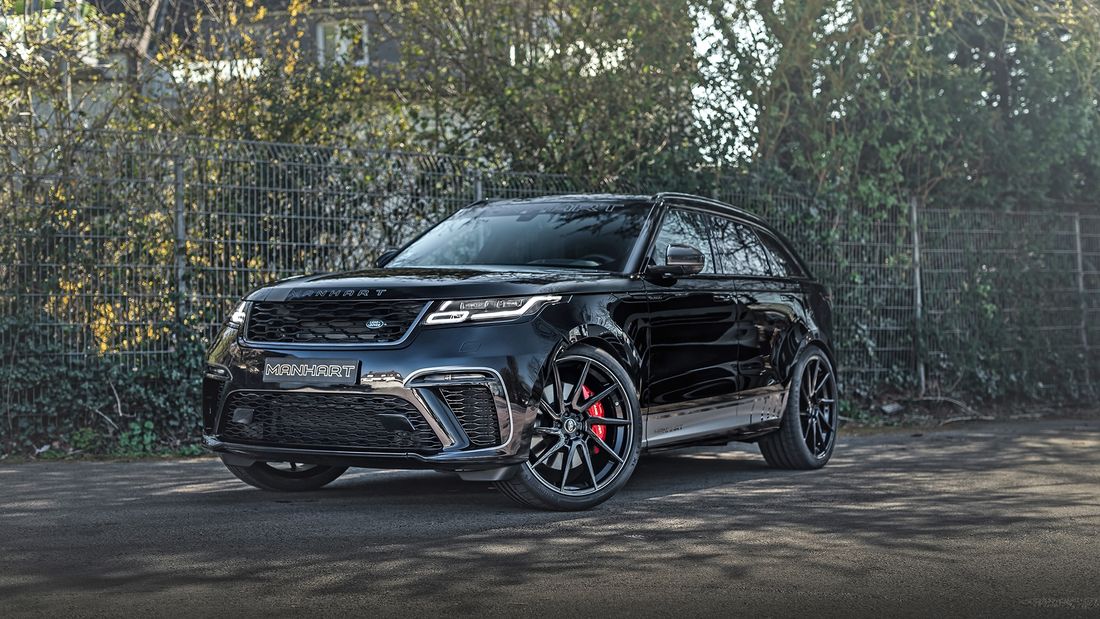 Julia Karbaumer
Julia Karbaumer O ft are plug-in hybrid Vehicles vilified as a sham and alibi event. As tax-saving models with no practical use, since nobody ever connects the charging cable. We wanted to investigate these allegations in a practical test. How practical that the Kia XCeed PHEV was a completely new model for everyday checks.
At Kia, the electrification story began in 2013 with the Optima Hybrid. Since then, the manufacturer has gradually developed into a full-range electrical supplier. In addition to the combustion models, the Koreans have seven different HEV, PHEV and EV models on offer; the XCeed PHEV is the newest plug-in horse in the stable.
The XCeed relies on well-known Kia PHEV technology
Kia approaches the topic of plug-in hybrids in a cost-conscious manner and also uses them In the crossover of the Ceed family, the same PHEV package that can already be found in the Niro and the Ceed Sportswagon. The joy of saving is clearly prioritized over driving, because with 141 HP system power, the XCeed PHEV is motorized rather cautiously compared to connector colleagues from other manufacturers. The traction battery, which is divided into two modules - one on the lower ground floor of the cargo area, one under the rear seats - has a manageable amount of energy with a capacity of 8.9 kWh, but it doesn't have to feed a muscle man either: the electric machine contributes 44.5 kW Driving events.

However, this design also has clear advantages in terms of range: The component weight remains low; the XCeed plug-in hybrid weighs 1,519 kilos(Factory information) only a little more than the similarly equipped combustion models of the series. And the electric drive remains more economical compared to stronger and heavier competitors.
In the XCeed PHEV, progress is rather leisurely
At the same time, however, this also results in electric locomotion, which is far from the euphorically celebrated explosions of power more powerful electric cars. For the practical test with the requirement to drive exclusively in E-mode as far as possible, this meant a rather contemplative way of traveling. On the flat and in inner-city traffic, the progress is sufficiently 'brisk', even country roads with a speed of 100 km /h can be represented after a long run. However, if you do not live in the north German lowlands and have to cope with one or the other incline in the usual daily program, you will experience deceleration on a new level with the Kia XCeed plug-in hybrid in electric mode.

On the chassis side, the plug-in hybrid from Kia certainly has the potential for significantly more performance. The rather tight coordination with slight tappet deficits in the case of short bumps in principle also allows a sporty driving style with little lateral inclination and precise handling. The firm and comfortable seats with defined lateral support go well with this. If the drive were to play along in terms of performance, the Kia XCeed plug-in hybrid would be a fun turn-around.
The charging technology of the XCeed PHEV is conservative. Kia has only installed a single-phase on-board charger, which also limits the energy consumption to 3.4 kW at charging stations with more power. A full charge of the empty battery takes around three hours. That is too slow to get electricity 'fast' on overland stagesto refuel. During an extended shopping spree, it is still worthwhile to refresh the drive battery with a few extra watts.
The electric range is sufficient for everyday use
The factory-specified range of 58 kilometers in purely electric mode is not overly euphoric and also corresponds to the display in the car when the battery is fully charged. In fact, the XCeed PHEV achieved this range relatively accurately in the practical test as long as large consumers (especially the air conditioning) remain switched off. In the cold season of the year with the heating switched on, however, you can expect around 40 kilometers of possible electric travel.

Nevertheless, this range was surprisingly sufficient in everyday life. The usual trips - to the workplace, taking the youngsters to music lessons, the weekend excursion into the countryside or the usual shopping tours - could be easily demonstrated in the practical test. Only twice was it a hair's breadth and the gasoline engine jumped to the side of the electric motor shortly before the wallbox at home (battery level display 10 percent). With consistent reloading at every opportunity, the result was an impressive figure in the end: the on-board computer attested 0.1 liters of fuel consumption after a week and 364 kilometers of travel.
The Kia XCeed in the introduction video (2019)
According to statistics from the Federal Motor Transport Authority, the average annual distance traveled by a car in Germany is around 13,700 kilometers - more diesel, less petrol. With the 364 kilometers covered almost completely electrically in one week in the Kia XCeed PHEV, the annual mileage is almost 19,000 kilometers. With this, the XCeed plug-in hybrid makes it clear that this type of drive is justified. It goes without saying that the electric drive on long journeys, such as vacation trips, is only supported in the form of a standard hybrid drive. But on such long journeys, the PHEV owner never has to look for charging stations by the wayside, as is the case with onepurely electrically powered vehicle would be the case.
But it is also clear: As a PHEV driver you have to be prepared for this type of drive. Reduce dynamic demands, use every opportunity to recharge your batteries and ideally have a wallbox available in a parking space that is used every day.












